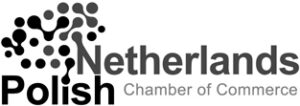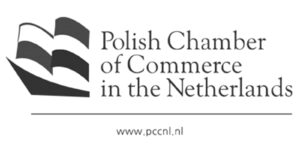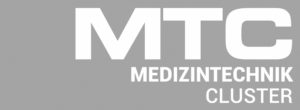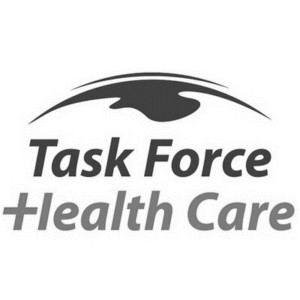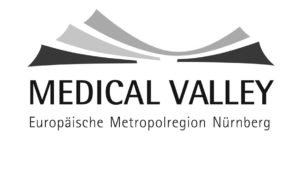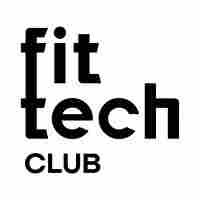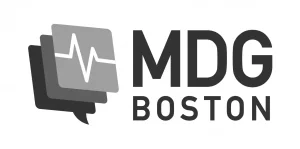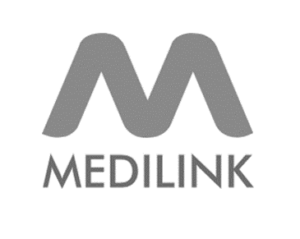These advances have directly contributed to the significant rise in global life expectancy, nearly tripling it from just 28.5 years in 1800 to 72.6 years in 2019.
TOP 10 Medical Advances
1. Antibiotics: Revolutionizing the treatment of infections
The discovery of antibiotics stands as one of the most critical advances in medical history. They were discovered in 1928 when Alexander Fleming returned home from vacation to find a petri dish on his workbench filled with a strain of mold that was not only thriving but also limiting the growth of bacteria.
2. Vaccines: Preventing deadly diseases
The fact the word vaccine derives from the Latin word for cow is no coincidence, given Edward Jenner’s discovery in 1776. He observed milkmaids who’d been exposed to the relatively mild cowpox virus developed an immunity to the more serious smallpox virus. His discovery led to the development of the smallpox vaccine, and 179 years later, in 1977, smallpox was eradicated (and remains the only disease ever to be entirely eradicated).
3. Anesthesia: Transforming surgical procedures
Prior to the mid-1800s, surgical procedures were limited due to the excruciating pain patients experienced. This changed in 1846 when William TG Morton used ether to anesthetize a patient for surgery. The drugs used to anesthetize patients for surgery have come a long way since these early days. Techniques have also been refined and, when used in combination with new technologies, have resulted in significant gains in patient safety.
4. X-rays and Medical Imaging: Advancements in non-invasive diagnostics
Before the advent of medical imaging, physicians relied on their sense of touch, observations, and the patient’s account of their symptoms to diagnose them. The discovery of X-rays by William Conrad Roentgen in 1896 revolutionized diagnostic medicine based on his experimentation with electric currents and glass cathode-ray tubes. The potential of his discovery in the diagnostic process was immediately recognized, with Glasgow Hospital opening its first radiology department just a year later.
5. Germ Theory: Small changes make a big impact
The introduction of anesthetics in 1844 meant that doctors could attempt longer and more complex procedures. However, post-surgery infection rates were soaring, along with mortality rates, limiting progress since scientists had no explanation for what caused infection until French microbiologist Louis Pasteur developed germ theory in 1861.
6. Organ Transplantation: Saving lives through organ replacement
The first successful kidney transplant was performed by Joseph Murray in 1954. While it had been attempted before, this was the first time the patient survived the surgery. By 1968, surgeons successfully completed pancreas, liver, and heart transplants, with the first heart-lung transplant in 1981.
7. Genetic Engineering: Unlocking the secrets of life
The discovery of the double helix structure of DNA by James Watson, Francis Crick, and Rosalind Franklin revolutionized molecular biology. The development of a map of the human genome has been vital in predicting and understanding the incidence of many diseases. While this information is already used to screen and create interventions for at-risk groups for conditions for which they may have a predisposition, the potential is even greater, with the possibility of personalized medicine and gene therapies close to becoming an everyday reality.
8. Heart Surgery: Pioneering cardiovascular interventions
The first coronary artery bypass graft (CABG) was performed by Dr. Rene Favaloro in 1967 when he took a vein from his patient’s leg and used it to bypass a blocked coronary artery. This innovative procedure restores blood flow to the heart muscle and relieves the symptoms of angina and the likelihood of a heart attack.
9. Antiseptics: Enhancing Sterilization and infection control
Joseph Lister’s development of antiseptics significantly improved infection control in surgery and beyond. Concerned with the high mortality rate following surgery, Lister began experimenting with different techniques to prevent infection, developing the antisepsis system in a home laboratory while working with his wife and assistant, Agnes.
10. Insulin: Saving millions of lives daily
Thanks to insulin, a diagnosis of type I diabetes is no longer a death sentence, but prior to 1922, children diagnosed with type I diabetes were expected to live for just one and a half years, and adults less than ten. The discovery of insulin by Sir Frederick G Banting, Charles H Best, and JJR Macleod at the University of Toronto meant that those with diabetes could live a relatively normal life.
Honorable Mentions
Several other medical advances came close to making our top ten and definitely deserve some recognition!
Epidemiology
Hippocrates considered the connection between the environment, host factors, and disease development around 400 BC, and Joaquín de Villalba first used the term epidemiology to explain these connections in the late 1700s. However, it was John Snow who meticulously mapped the incidence of cholera in London in 1854, tracing the source of the infectious disease to specific water pumps while illustrating the importance of applying statistical analysis to the outbreak of disease, outcomes, and behaviors.
3D Printing
When Chuck Hall first developed 3D printing in 1983, few could have imagined its medical applications. Thirty years later, the technology enables scientists to print the scaffolds for organs, prosthetic limbs, and medications. With the technology still very much in the early stages, the future applications of 3D printing in healthcare have incredible potential.
Artificial Intelligence (AI)
Artificial intelligence is already making its mark in many aspects of medicine. It’s assisting medical professionals in diagnosing and treating illness, with its potential seemingly limitless to the extent that it’s likely to be a permanent fixture on future top 10 lists. The current challenges involve overcoming the ethical issues around how much control machines have over the diagnostic and treatment process and ensuring accuracy.
Conclusion
It takes many pieces of a puzzle to see the bigger picture. While every little piece of knowledge improves our ability to diagnose and treat illness, these top ten medical advances have more than left their mark by drastically improving the life expectancy and health outcomes of millions of people. With so many rapid technological advancements, scientists can better understand, investigate, and develop treatments, building on these discoveries to improve health outcomes globally.
Here the details of the osmosis article:

